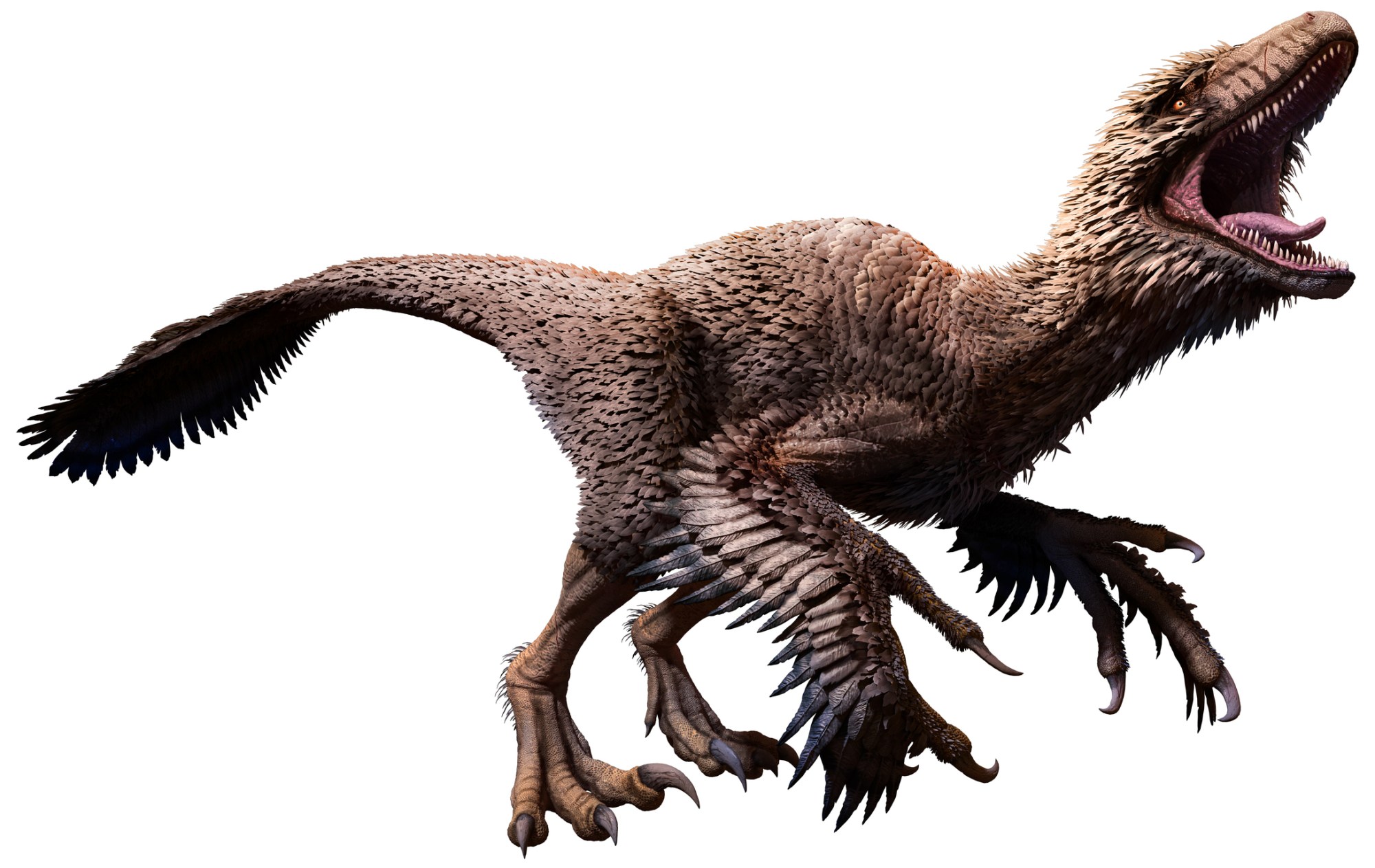Dakotaraptor: The Giant Raptor of the Cretaceous

Imagine a dinosaur as fast as a cheetah, as fierce as a lion, and covered in feathers like a bird. That’s Dakotaraptor, one of the largest raptors ever discovered. Its name means “Dakota thief”because it was discovered in South Dakota, USA and was a fierce predator.
What Was Dakotaraptor?
Dakotaraptor was a dromaeosaurid, a type of dinosaur closely related to Velociraptor. But unlike its smaller cousin, Dakotaraptor was huge—about 5.5 metres long (as long as a car) and covered in feathers. It lived 66 million years ago during the Late Cretaceous period in what is now South Dakota, and shared its world with some of the most famous dinosaurs, including Tyrannosaurus rex and Triceratops.
Hunting and Survival
Dakotaraptor had sharp, curved claws on its feet, perfect for grabbing and slicing prey. Dakotaraptor was a carnivore, it primarily fed on smaller dinosaurs, such as Ornithomimus, and even young triceratops, it may have hunted in packs to take down larger prey. It also had long, strong legs, which helped it run fast and chase prey.
One of the coolest things about Dakotaraptor is that it had quill knobs on its arms—small bumps where feathers attached, just like modern birds. But despite having feathers, it couldn’t fly. Instead, it may have used its wings for balance while running or to make itself look bigger when facing enemies. Similar to modern birds it had hollow bones which made it lighter and more agile.
Why Is Dakotaraptor Important?
Dakotaraptor’s discovery changed what scientists thought about raptors. Before, they believed only small raptors existed in North America, but Dakotaraptor proved that giant raptors once roamed the land. It also showed that feathers were common among dinosaurs, helping us understand how birds evolved from their prehistoric relatives.
Extinction
Dakotaraptor went extinct around 66 million years ago, along with many other dinosaurs, due to the catastrophic asteroid impact that marked the end of the Cretaceous period. This event triggered massive environmental changes, including wildfires, climate shifts, and food chain disruptions, leading to the extinction of about 75% of Earth’s species at the time. As one of the largest raptors of its era, Dakotaraptor was a fast, feathered, and fearsome predator, leaving behind a fascinating legacy in the fossil record.
References:
- Wikipedia – en.wikipedia.org
- Prehistoric Wiki – prehistoric-wiki.fandom.com
- Dinosaur Dictionary – dinosaurdictionary.com
